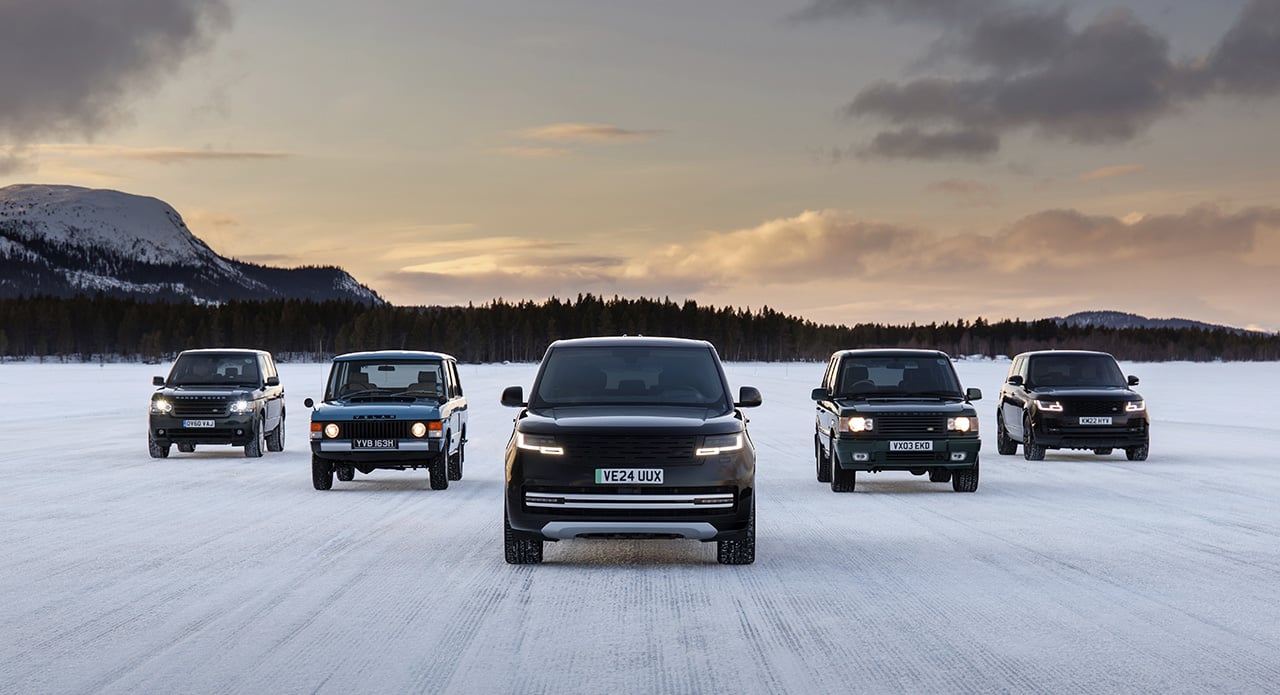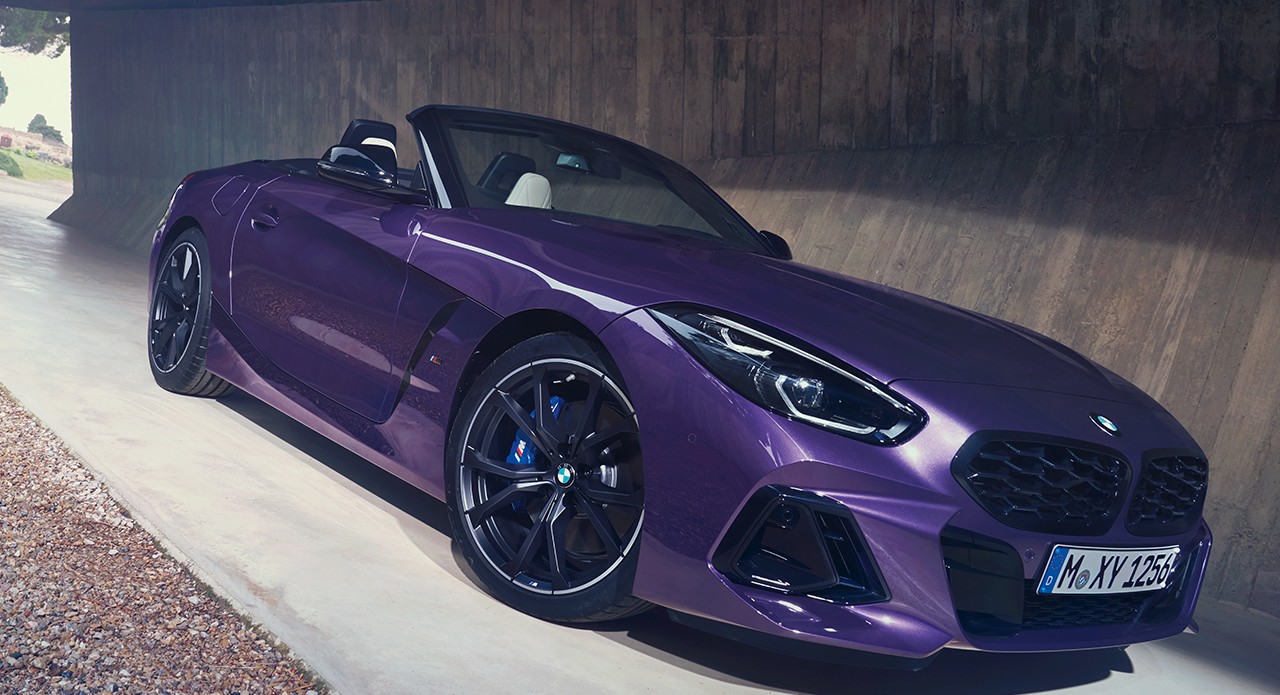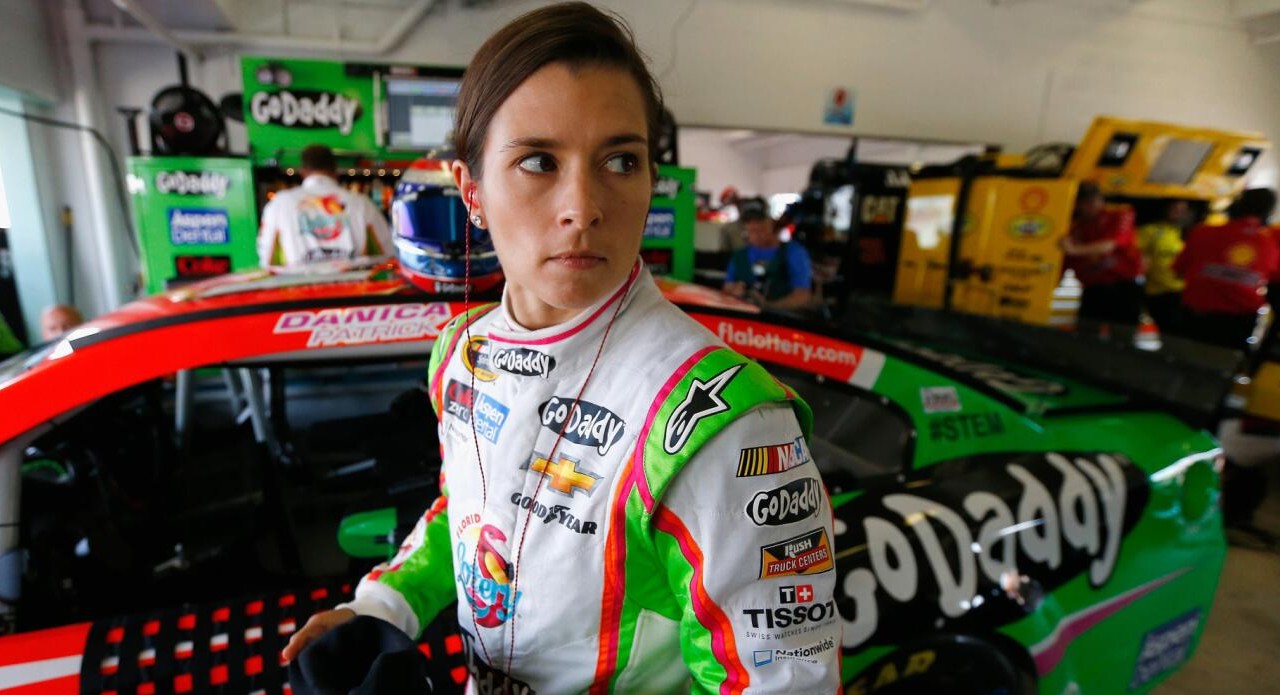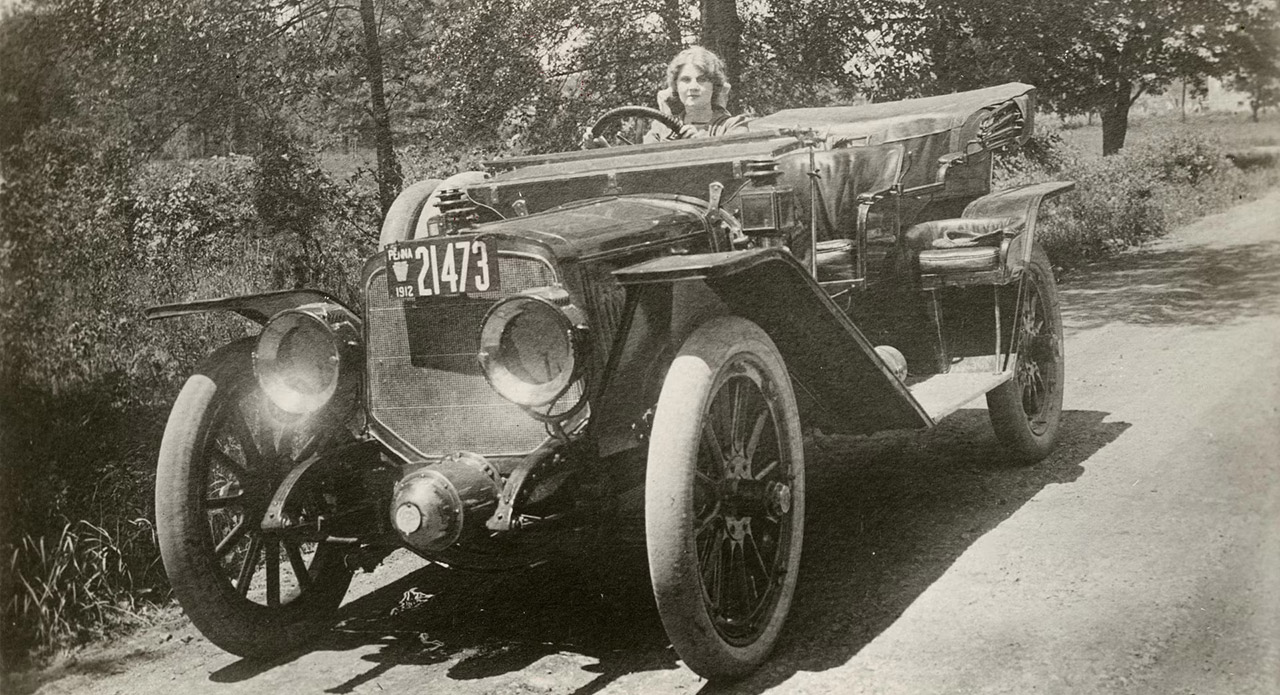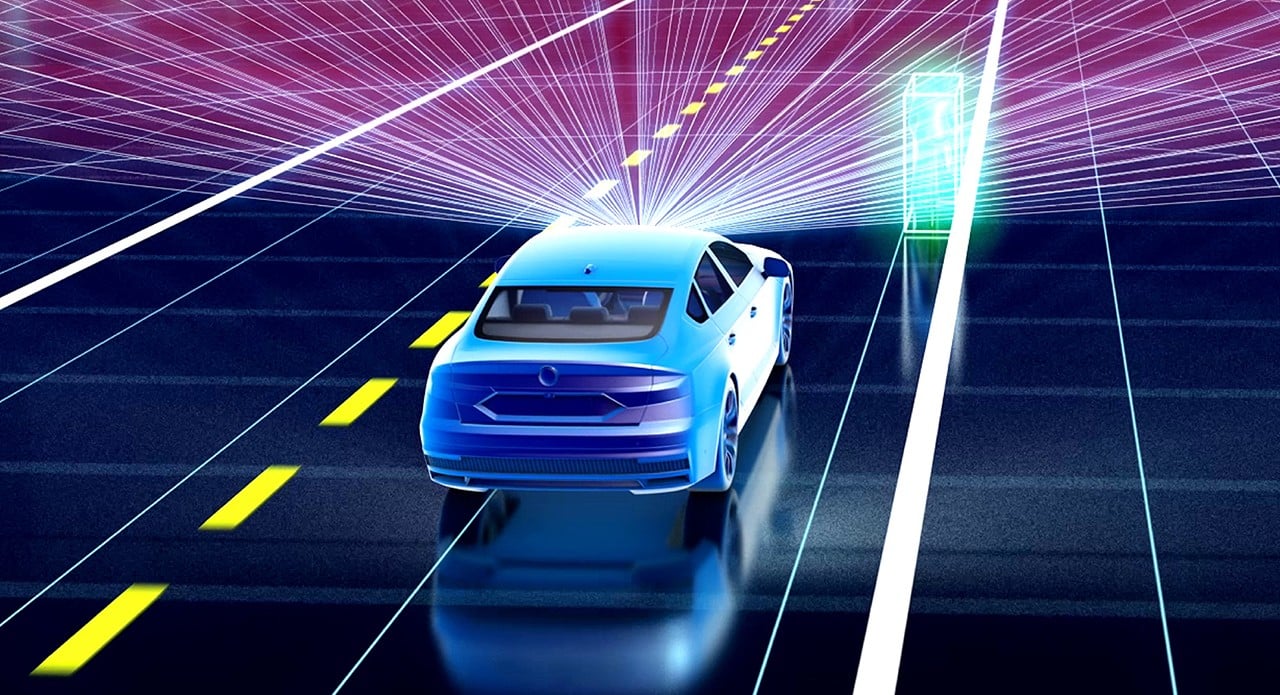The maths on luxury car imports just changed overnight. India and the UK signed their Free Trade Agreement on 24 July 2025, creating a phased reduction in import duties over 15 years. For anyone who’s winced at luxury car pricing in India, this represents the most significant shift since liberalisation.
For Indian luxury car enthusiasts who’ve been paying double the global price, this deal represents genuine change. Import duties will drop from 110% to 30% in year one for large-capacity vehicles, reaching 10% by year five for quota allocations. The implementation timeline and quota system reveal how this will actually work.
India-UK FTA: The Numbers That Matter
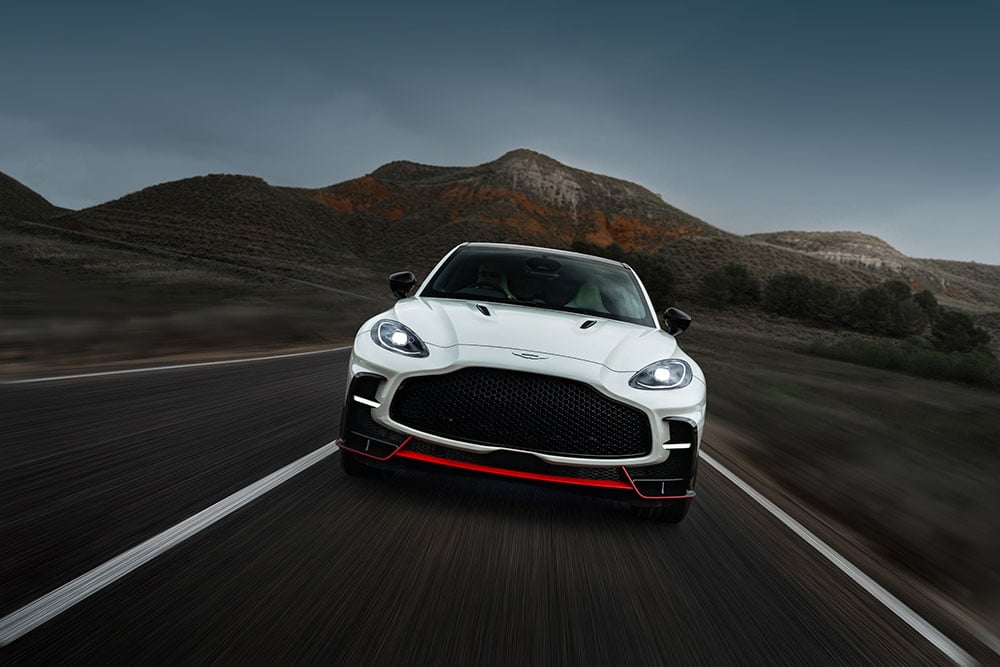
Let’s be direct about what matters: pricing. Currently, importing a £100,000 Bentley Continental GT means watching it balloon to around ₹2.5 crore by the time it lands in India. Under the new FTA, that same car would cost closer to ₹1.4 crore. Still expensive, but within reach of India’s rapidly expanding ultra-affluent class.
The implementation occurs over five years, with tariffs falling to 10% by Year Five and remaining at that level through Year 15. For high-capacity petrol and diesel cars, duties drop to 30% in year one, then 25%, 20%, 15%, and finally 10% by year five. Quotas start at 20,000 cars annually, peak at 37,000 in year five, then gradually decline to 15,000 by year 15. Cars exceeding quota allocations face much higher duties—starting at 95% for large engines, declining to 50% by year ten.
JLR emerges as the obvious winner. The company’s already been on a tear in India, posting 40% growth in 2025 and climbing to third place in luxury sales with 6,183 units. Industry insiders suggest JLR could potentially double their India volumes within three years.
India-UK FTA: German Dominance Faces New Competition
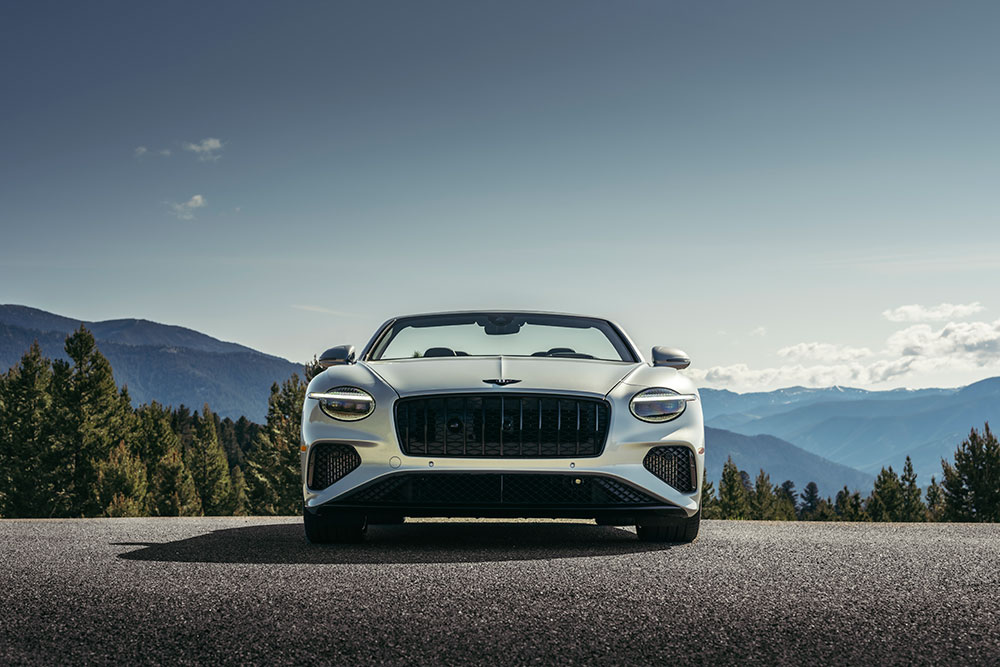
For decades, Indian luxury car buyers had essentially three choices: Mercedes, BMW, or Audi. These German giants built their India strategies around local assembly to dodge punitive import duties. Mercedes leads with nearly 20,000 units sold in 2024, followed by BMW’s 13,000-odd units. Both companies have invested heavily in Indian manufacturing.
The FTA disrupts this carefully constructed ecosystem. British brands can now compete on price without the massive capital investment required for local assembly. The competitive dynamics that have favoured German manufacturers for decades are about to shift.
Mercedes and BMW aren’t panicking, but they’re recalibrating. Mercedes has shifted focus toward ultra-luxury vehicles above ₹1.5 crore, where exclusivity matters more than price competitiveness. BMW is doubling down on electric vehicles, capturing 10% of luxury sales through their BEV offerings. Both strategies acknowledge that the volume luxury segment just became more competitive.
Audi faces the toughest challenge. Already sliding to fourth position with a 15% sales decline in FY25, they lack clear differentiation when JLR can offer similar luxury credentials at potentially lower prices.
India-UK FTA: Electric Vehicles Stay Protected

Electric vehicles are completely locked out of tariff benefits for the first five years. Deliberate protection of India’s domestic EV ambitions and the ‘Make in India for the World’ strategy.
From year six onward, premium EVs above £40,000 start getting relief. Mid-range EVs (£40,000-80,000) begin at 50% duty, reaching 10% by year ten. Ultra-luxury EVs above £80,000 start at 40% duty, reaching 10% by year fifteen. Quotas begin at 4,400 units in year six, scaling to 22,000 by year fifteen. For Indian buyers, immediate benefits flow entirely to traditional petrol and diesel luxury cars.
Beyond JLR: The Ultra-Luxury Opportunity

While JLR grabs headlines, the real transformation might happen at the ultra-luxury end. Brands like Rolls-Royce, Bentley, Aston Martin, and McLaren have historically sold dozens rather than hundreds of units annually in India. The economics of local assembly never made sense for such limited volumes.
The FTA changes this calculus entirely. These brands can now price competitively against locally-assembled German competitors while maintaining their imported exclusivity. Rolls-Royce sold roughly 60 cars in India in 2023. With tariff advantages, that number could easily triple.
India-UK FTA: Quota Reality and Market Dynamics
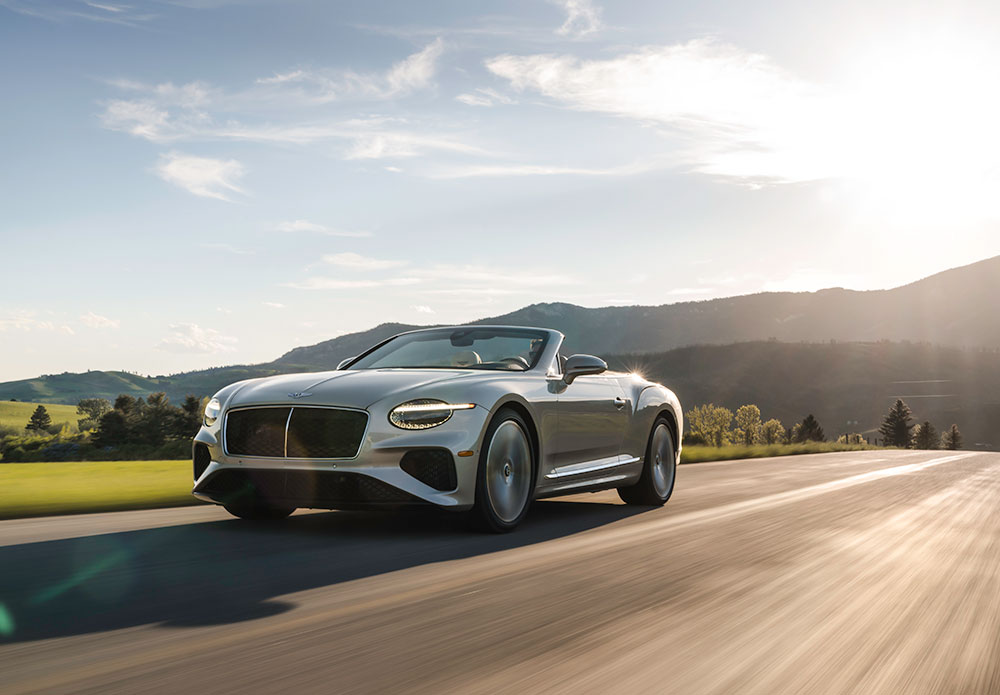
Before anyone starts planning their British luxury car purchase, the quota system imposes real constraints. Those 20,000-37,000 annual slots must accommodate all British luxury brands combined. If JLR alone targets 15,000-18,000 units annually—a reasonable projection given their growth trajectory—capacity becomes limited for other brands.
This scarcity will create specific market dynamics. Dealers might command premiums for quota allocations. Customers could face waiting lists for popular models. The most desirable vehicles might see allocation systems favouring loyal customers or those willing to pay above MSRP.
Industry observers suggest this creates a complex two-tier market: discounted FTA allocations for quota vehicles versus much higher duties for out-of-quota imports. Smart buyers will need to understand allocation timing and which category their desired vehicle falls into, as the price difference could be substantial.
India-UK FTA: Regional Preferences and Consumer Shifts
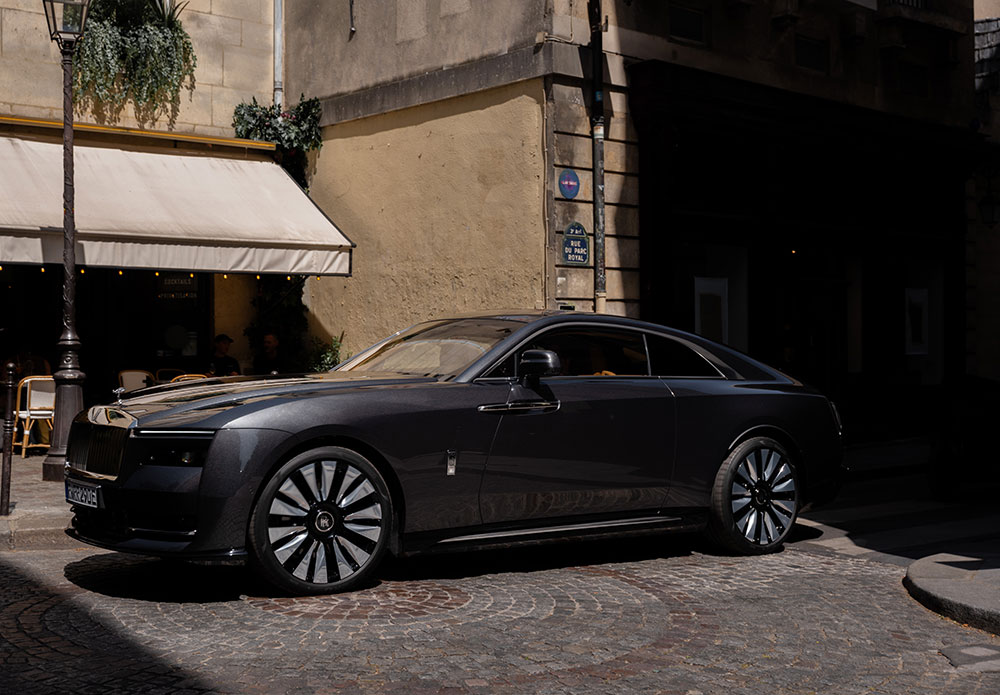
India’s luxury car preferences differ markedly from global trends, and the FTA will amplify these characteristics. SUVs dominate at 48.1% market share, playing directly into British strengths. Range Rover’s 90% growth in Defender sales proves Indian buyers value capability alongside luxury.
The FTA arrives at an optimal moment for Indian luxury car demand. The pandemic accelerated wealth concentration among high earners, while infrastructure improvements make luxury car ownership more practical across tier-one and tier-two cities. India’s luxury car market grew 6% to 51,200 units in 2024, with projections suggesting potential doubling to over 80,000 units by 2030.
Younger affluent Indians often lack the generational brand loyalties that favour established German prestige. They’re more likely to choose based on value, features, and brand authenticity rather than traditional status signalling. British brands, with their heritage positioning and capability focus, align well with these evolving preferences.
India-UK FTA: Currency And Competitive Response

Exchange rate volatility adds complexity often overlooked in FTA enthusiasm. Sterling-rupee fluctuations could offset tariff advantages during adverse currency movements. This currency risk is one area where locally-manufacturing German brands maintain advantages.
The agreement sets precedents that other automotive-producing nations will seek to match. EU-India FTA negotiations have already intensified, with German industry associations expressing concerns about competitive disadvantages. This suggests the current British advantage may be temporary unless they establish strong market positions quickly.
The luxury car market in India will never return to its previous state. German manufacturers built their dominance on import duty arbitrage and local assembly economics. That foundation is cracking.
British brands now have a genuine price advantage for the first time in decades. Whether they can capitalise on it depends on execution, but the opportunity is substantial. For buyers, the calculation has fundamentally changed. That Range Rover or Bentley might finally make financial sense.
The real test comes in 2026 when the first wave of reduced-duty British cars hit showrooms. If demand exceeds quota allocations, we’ll know this deal has truly shifted market dynamics. If not, it was just paperwork. Either way, the three-way German cartel just became a lot more interesting.
